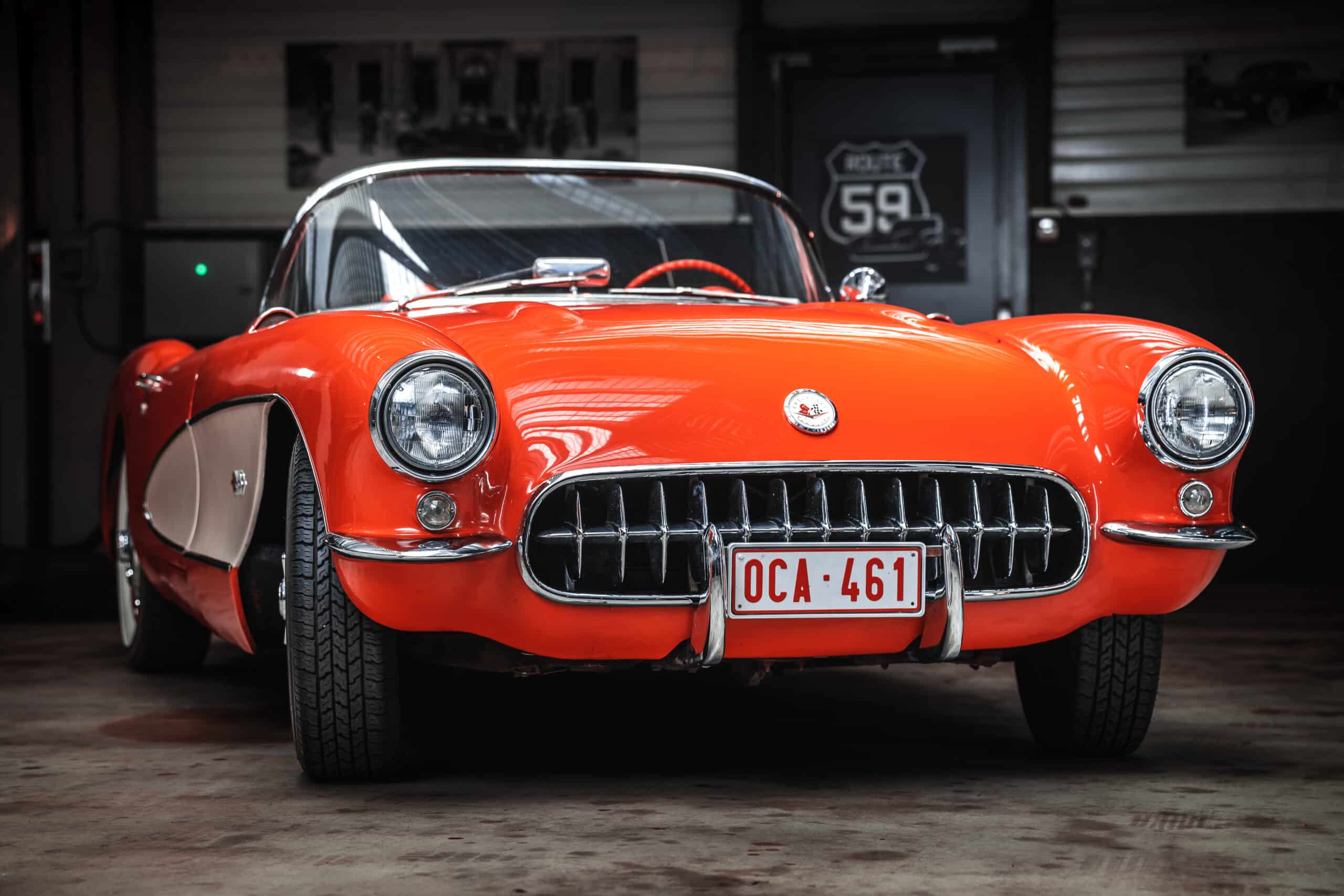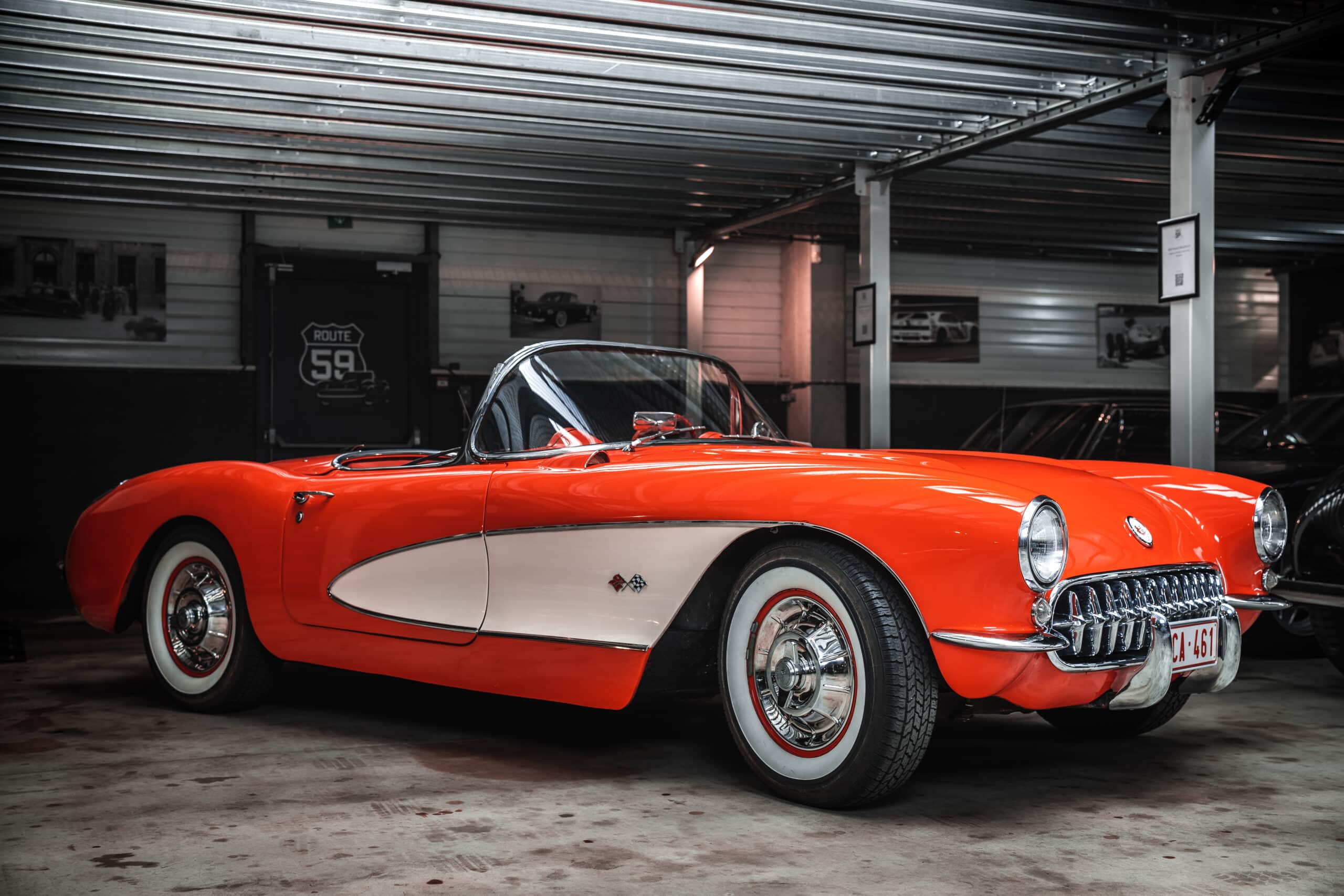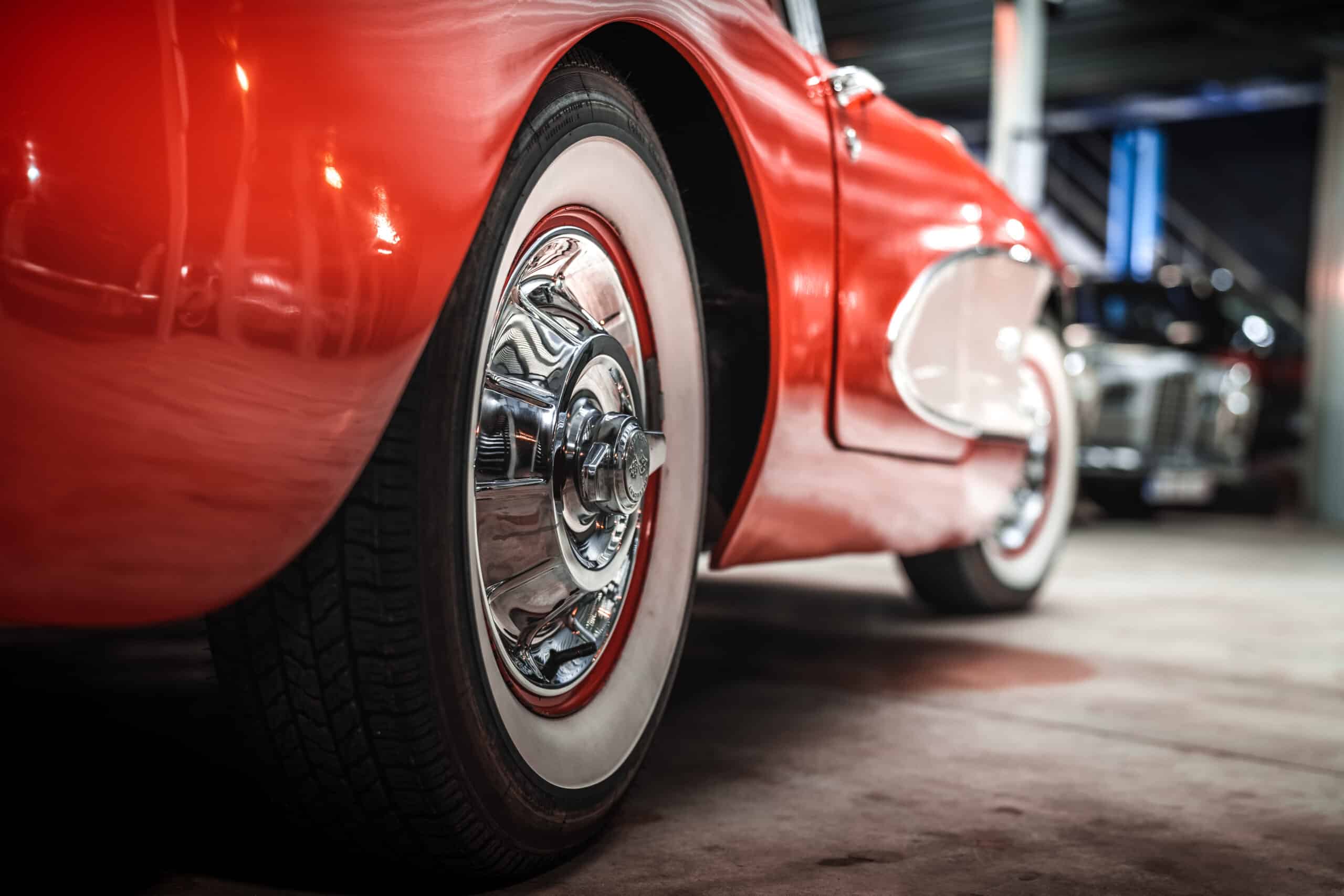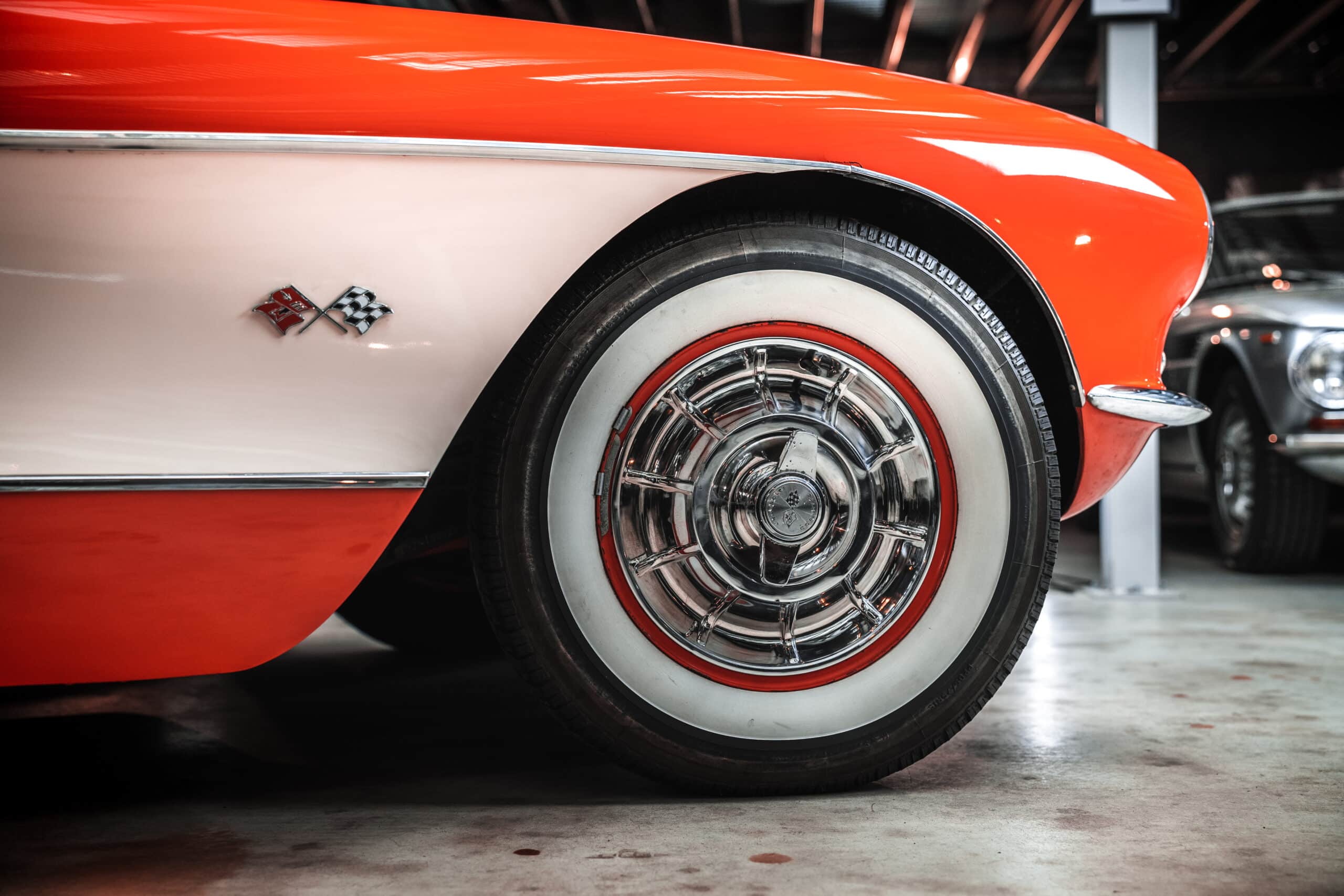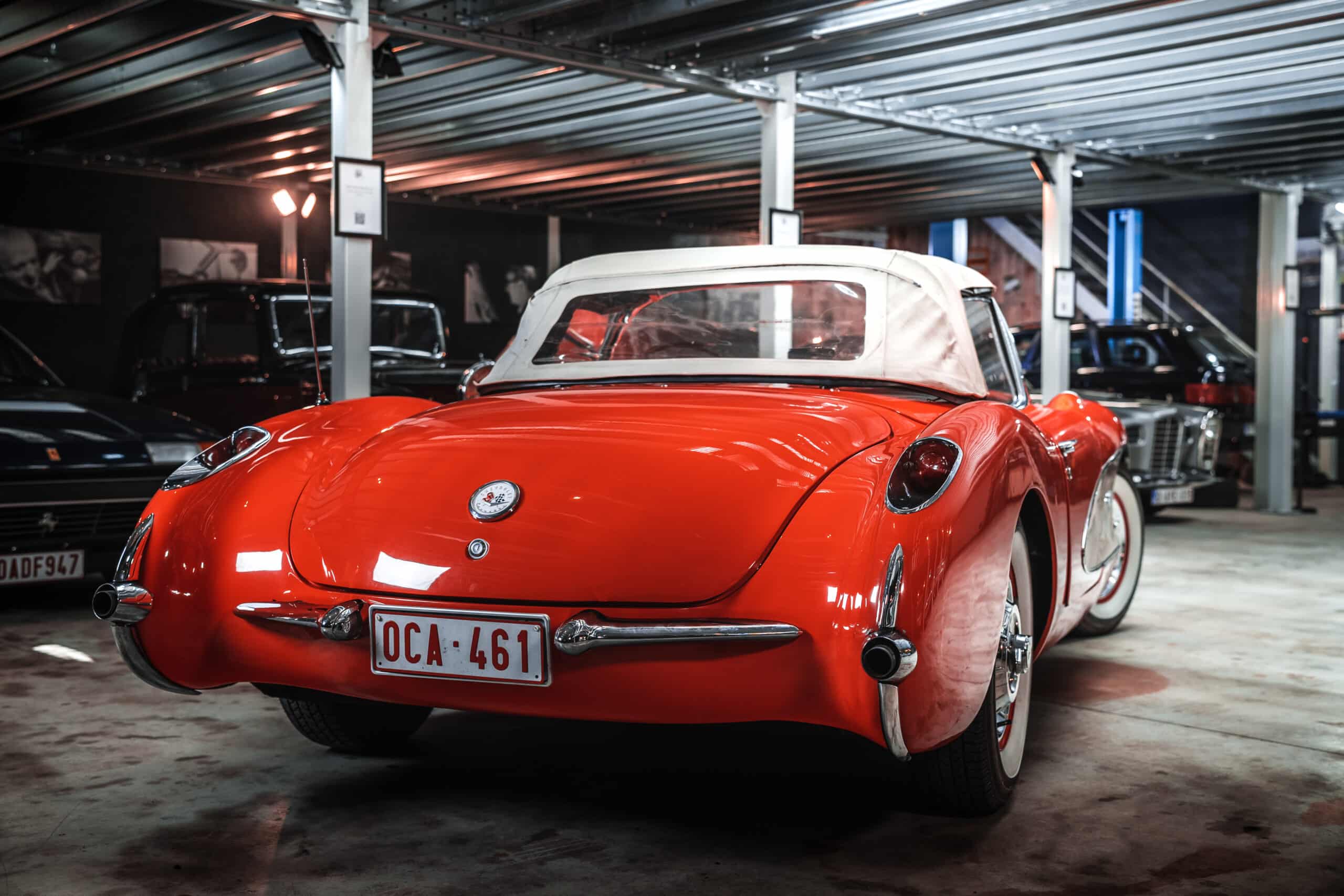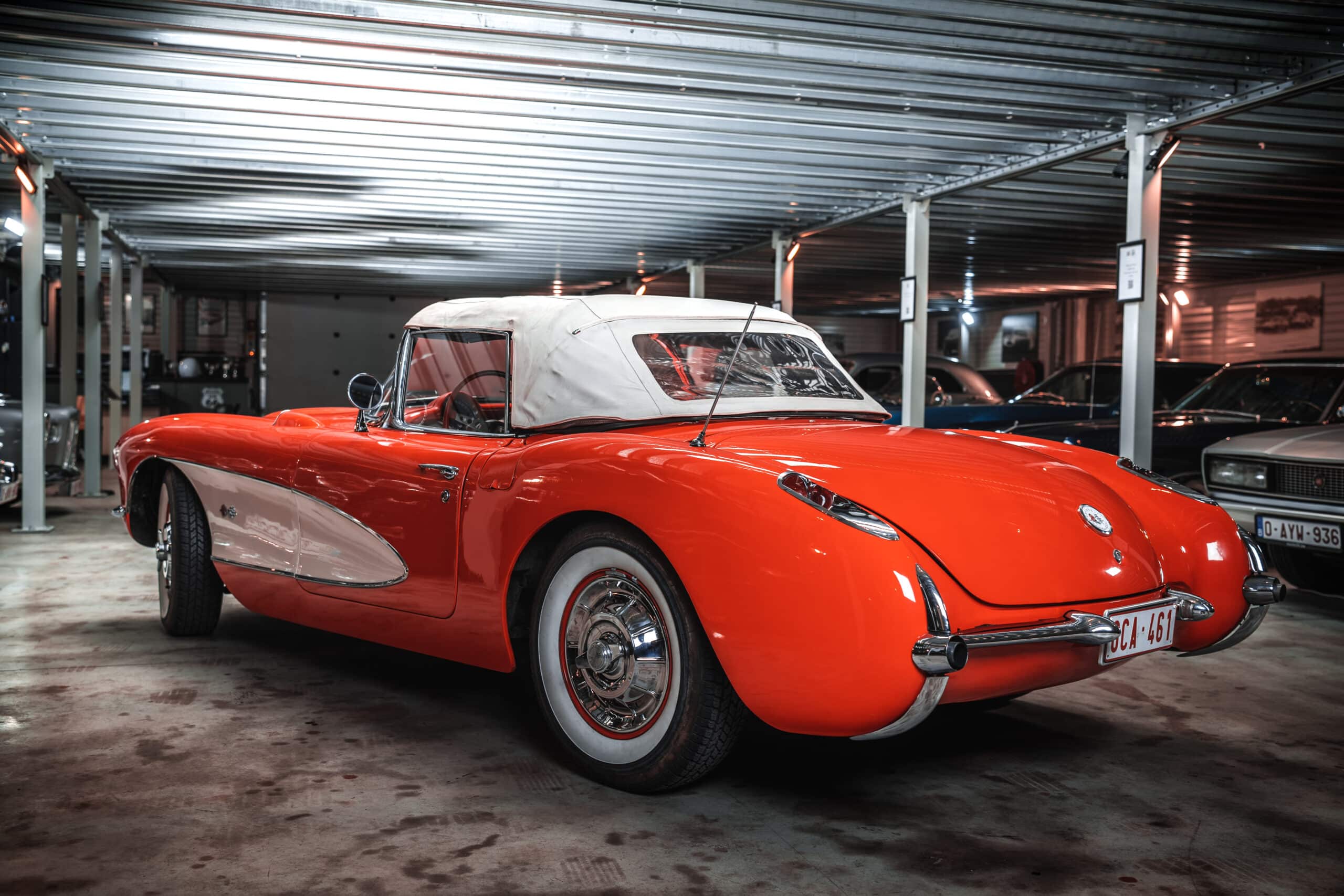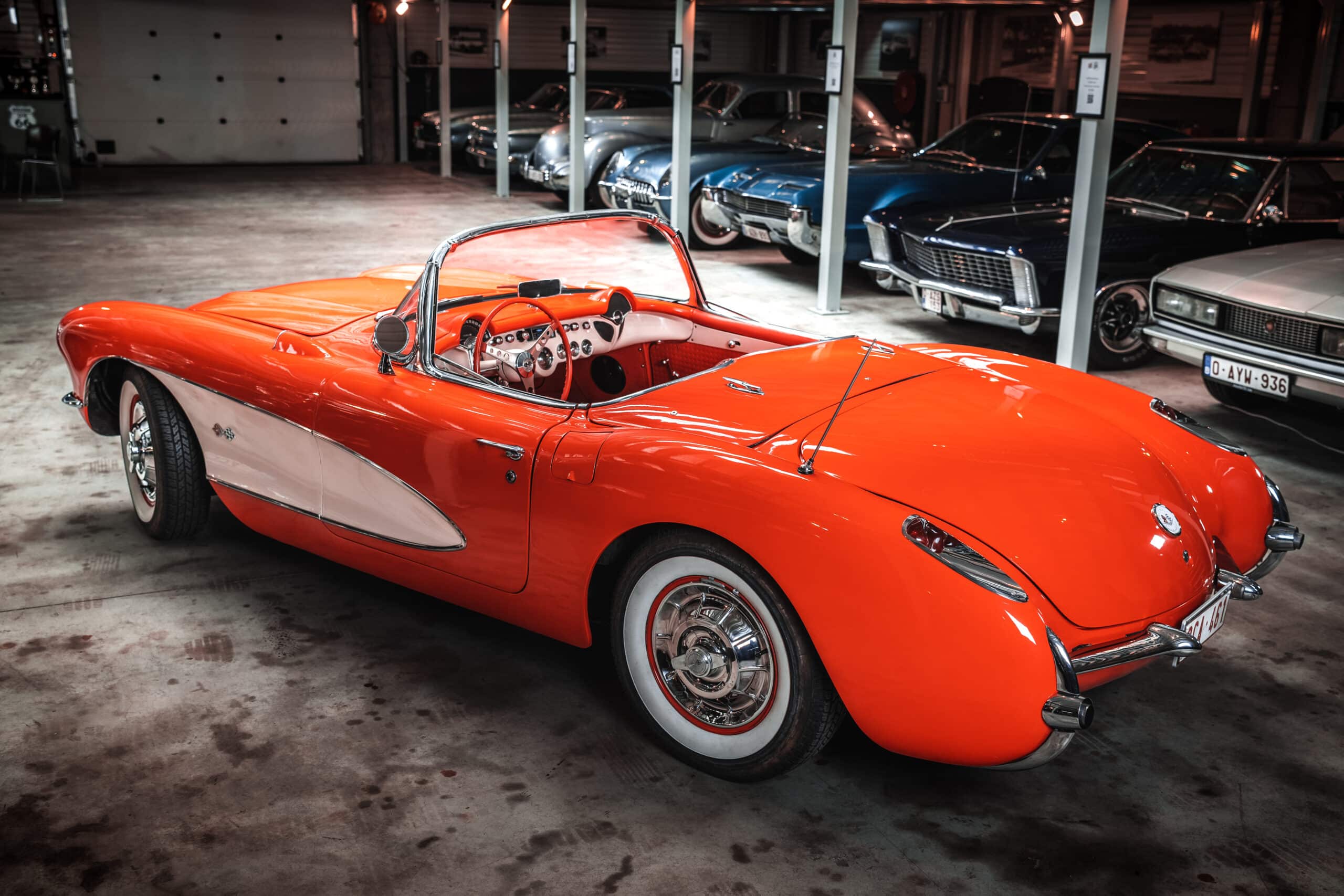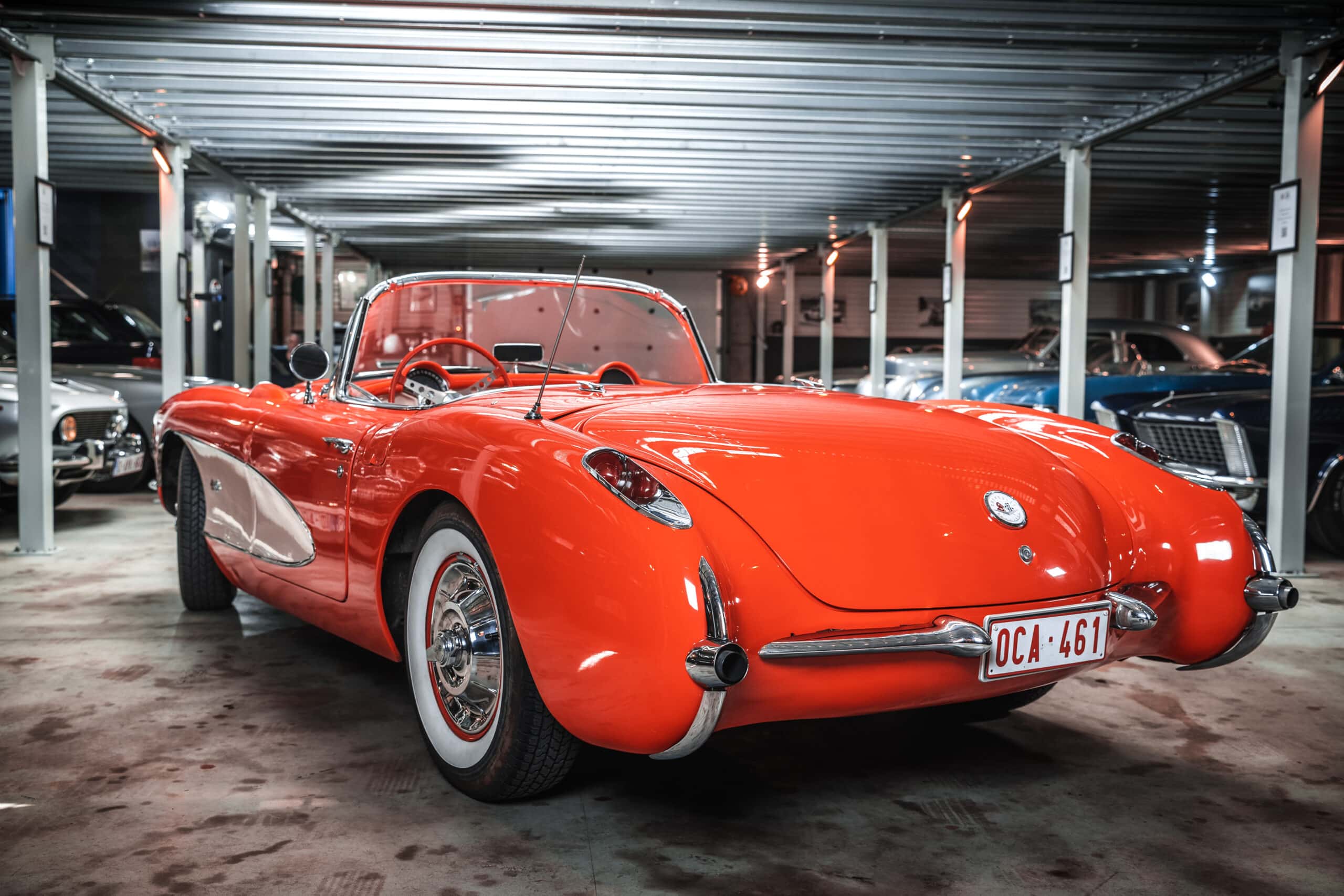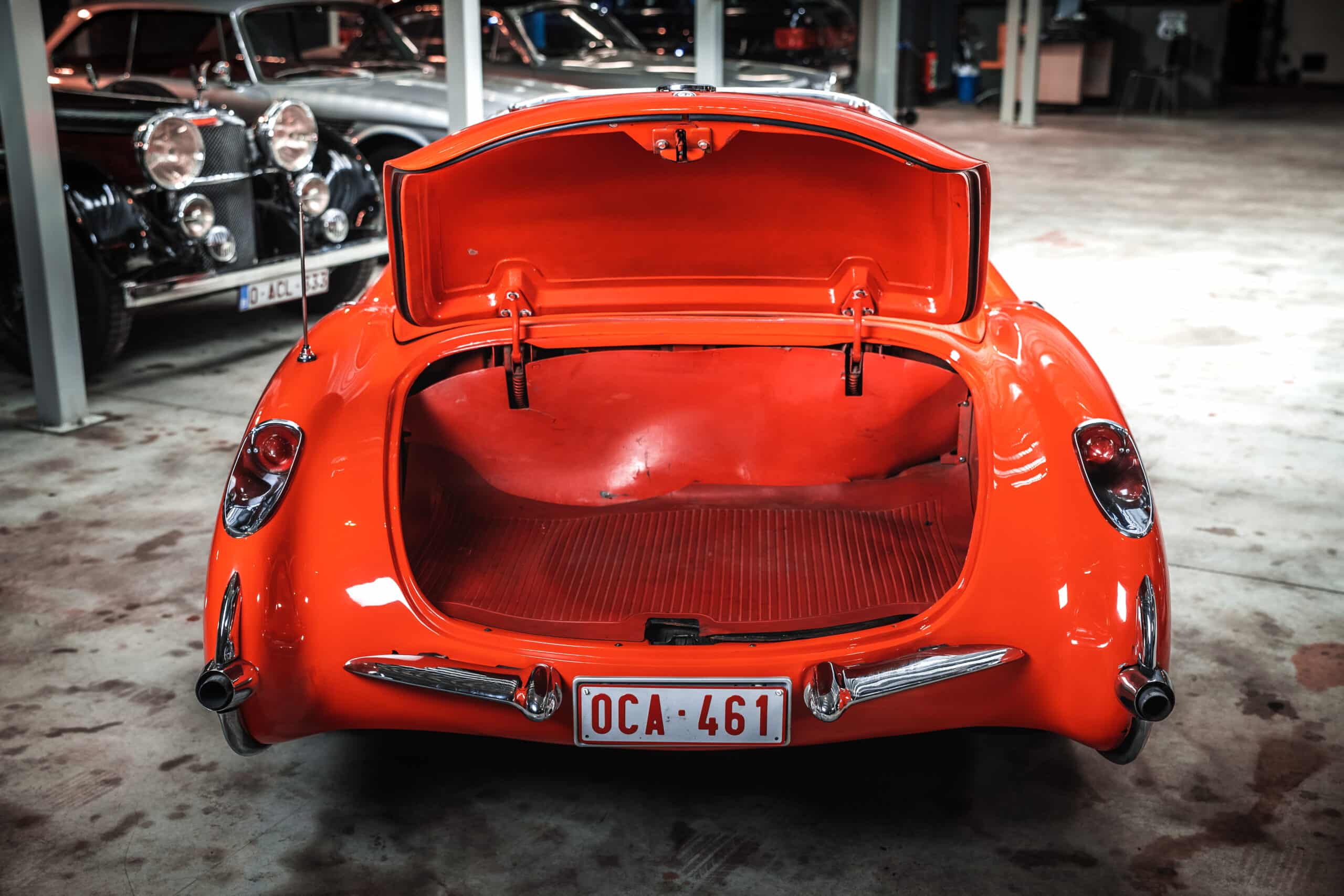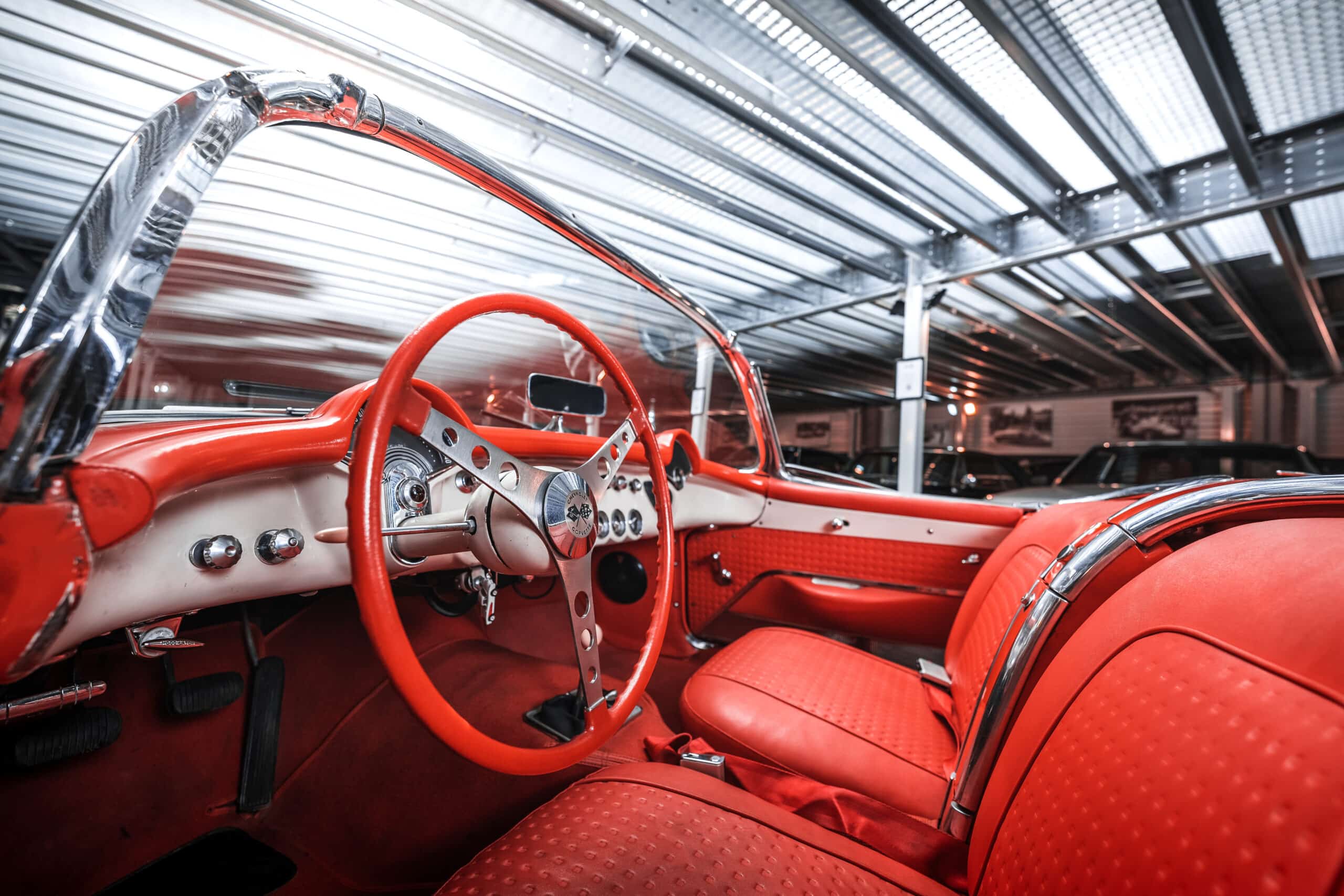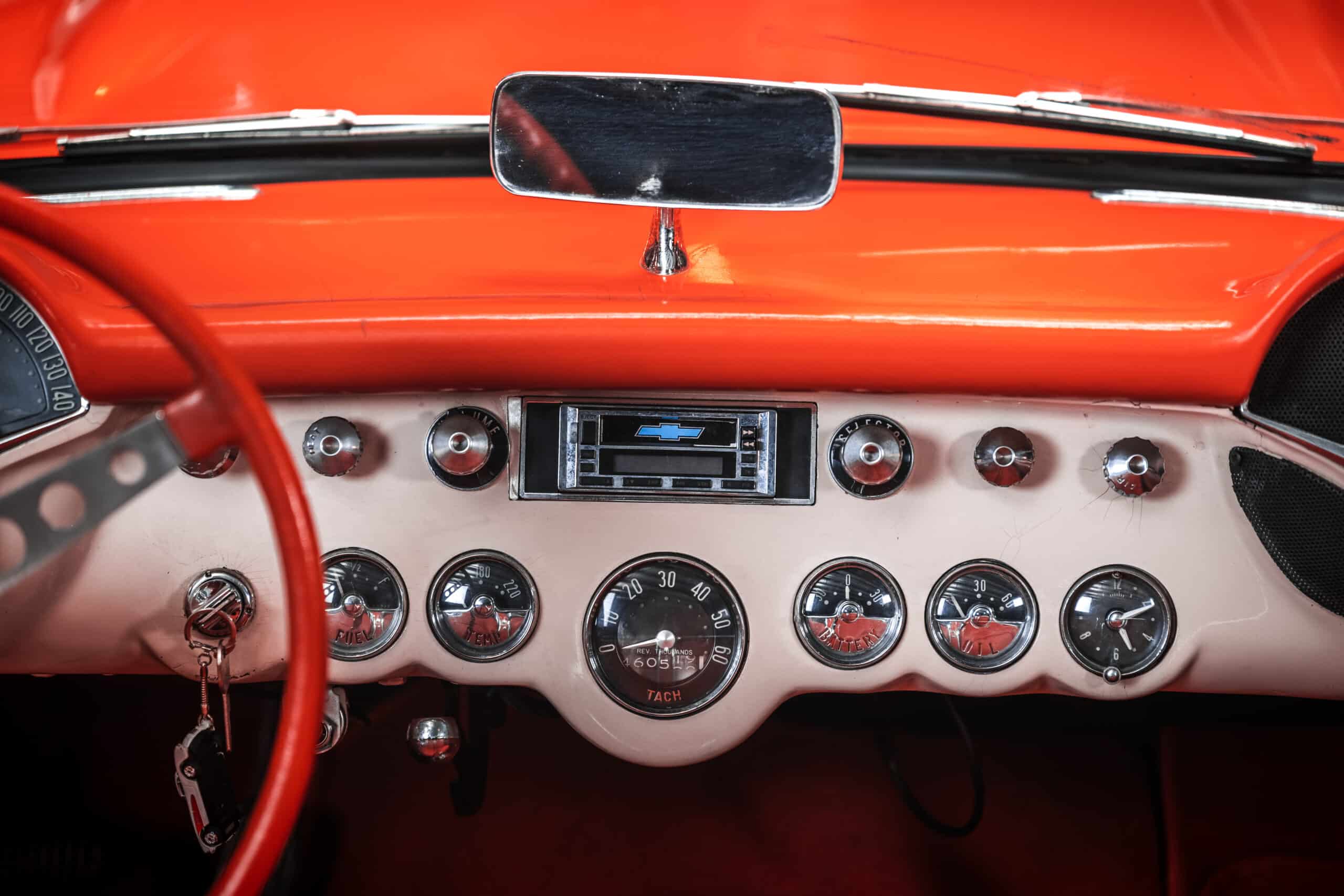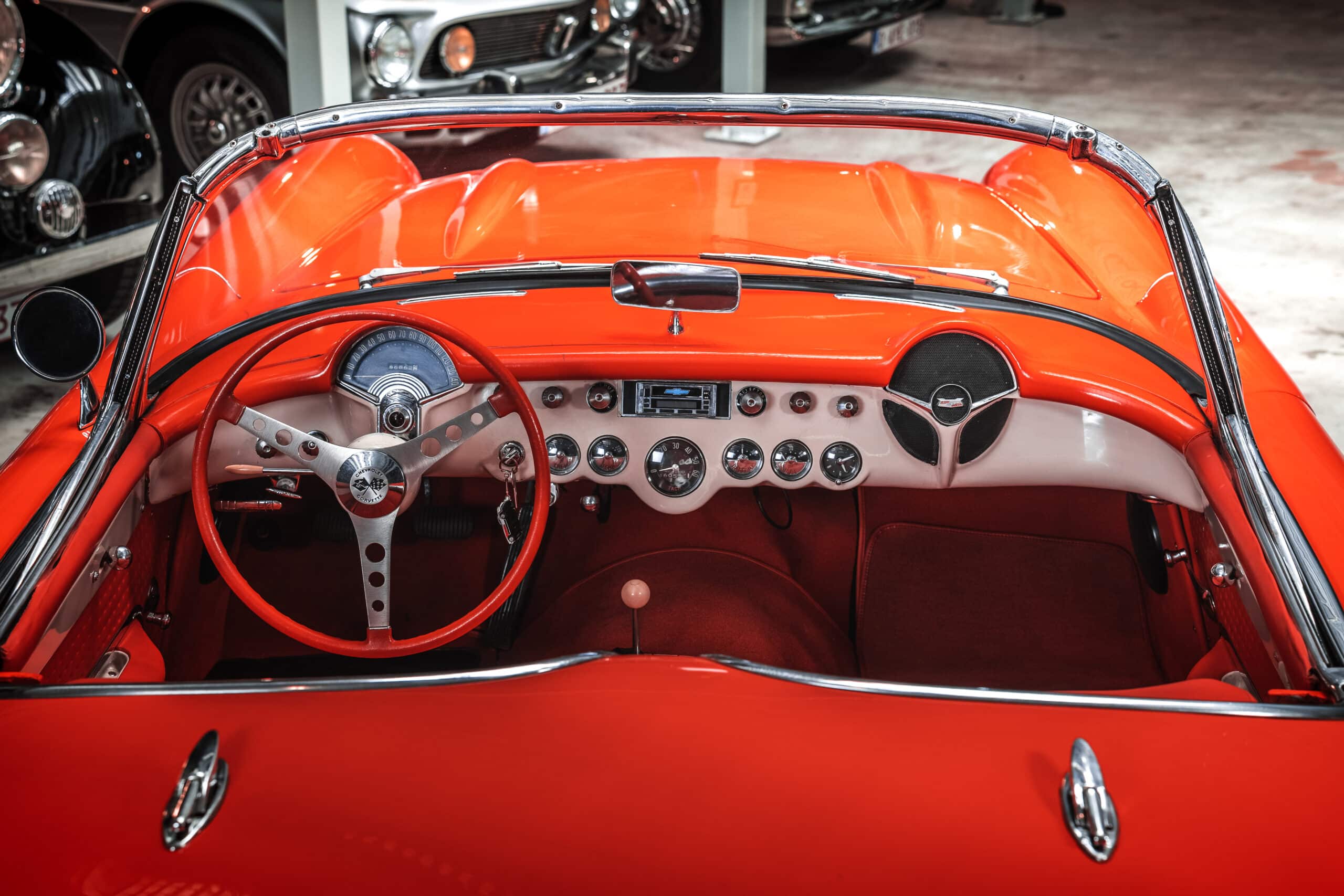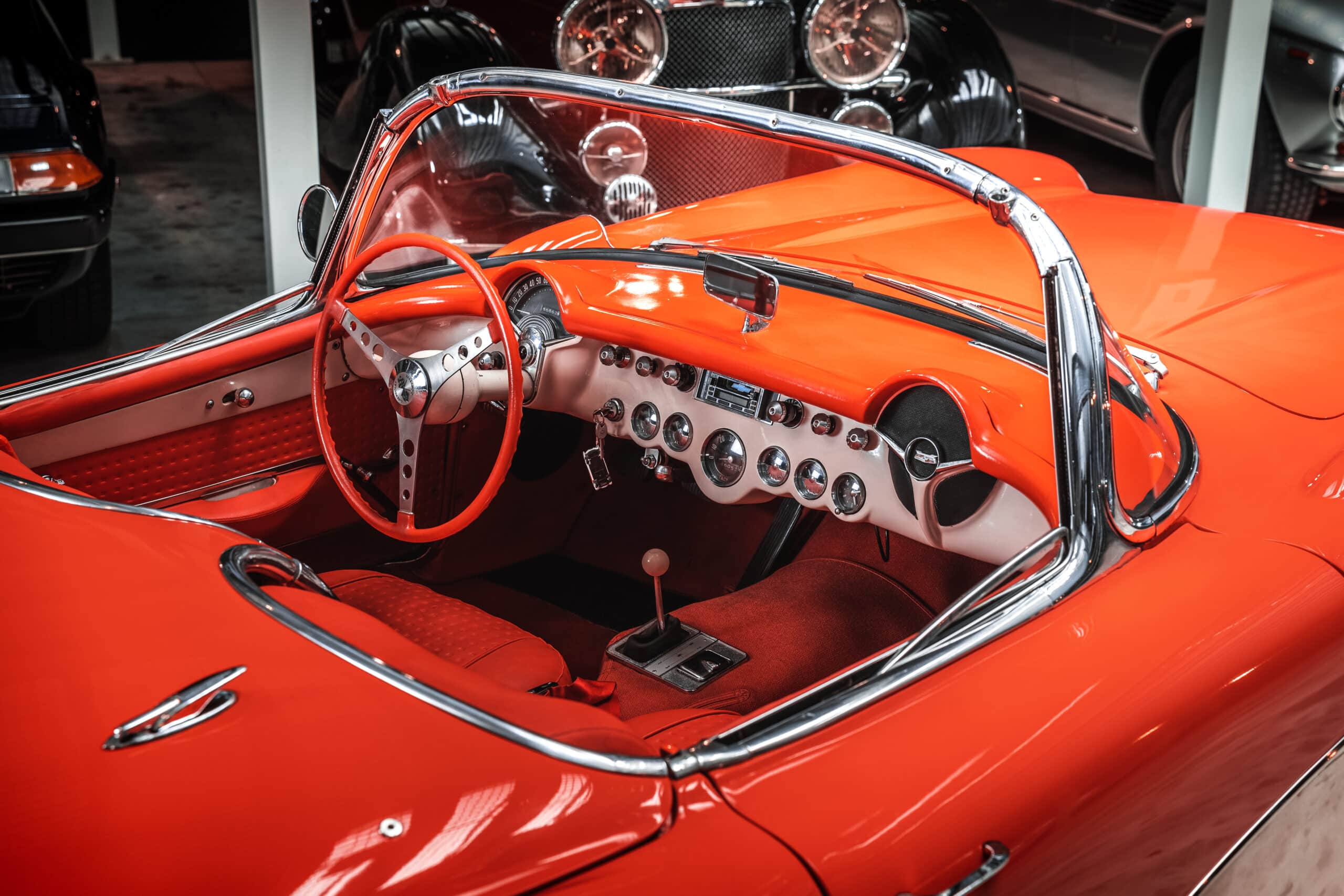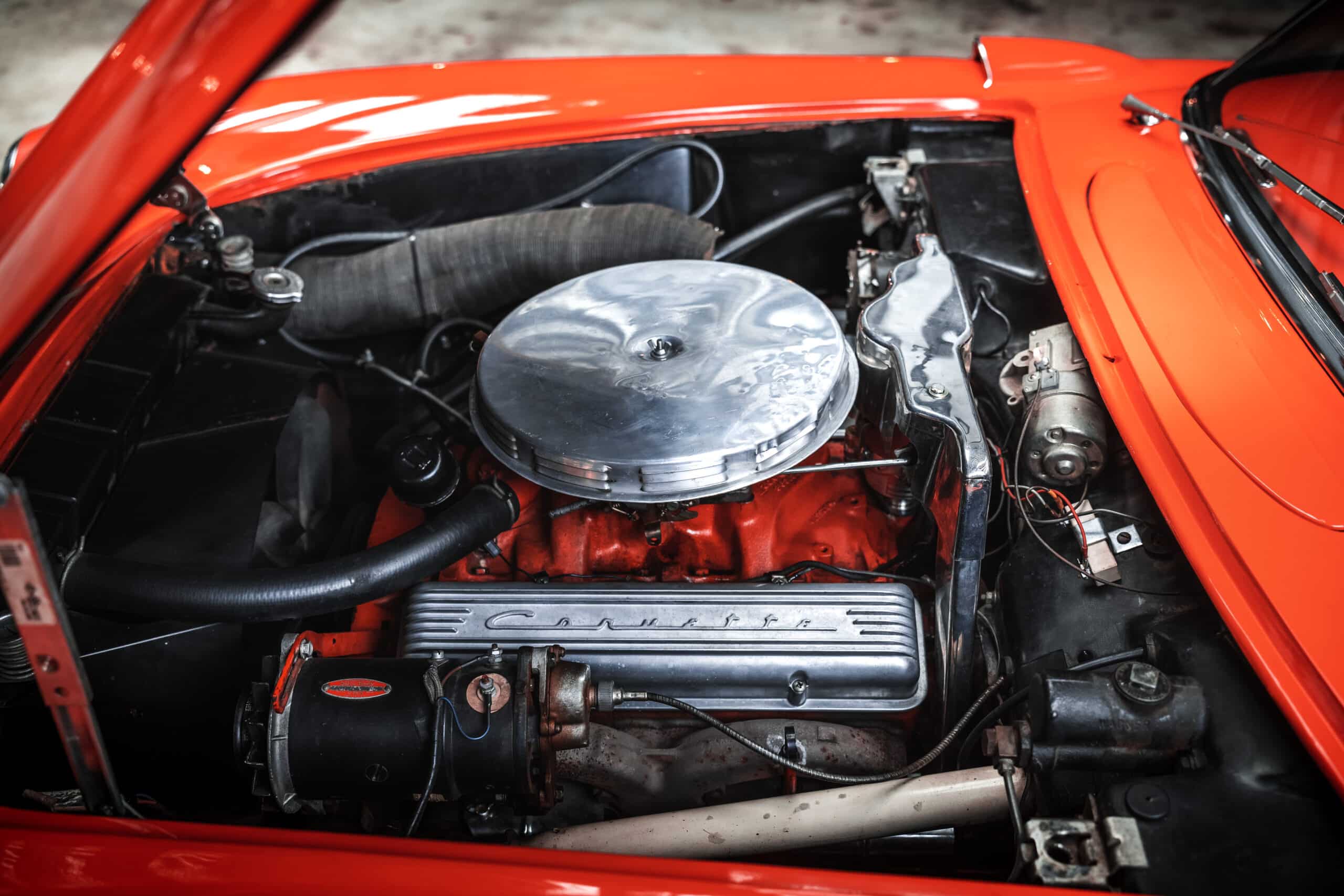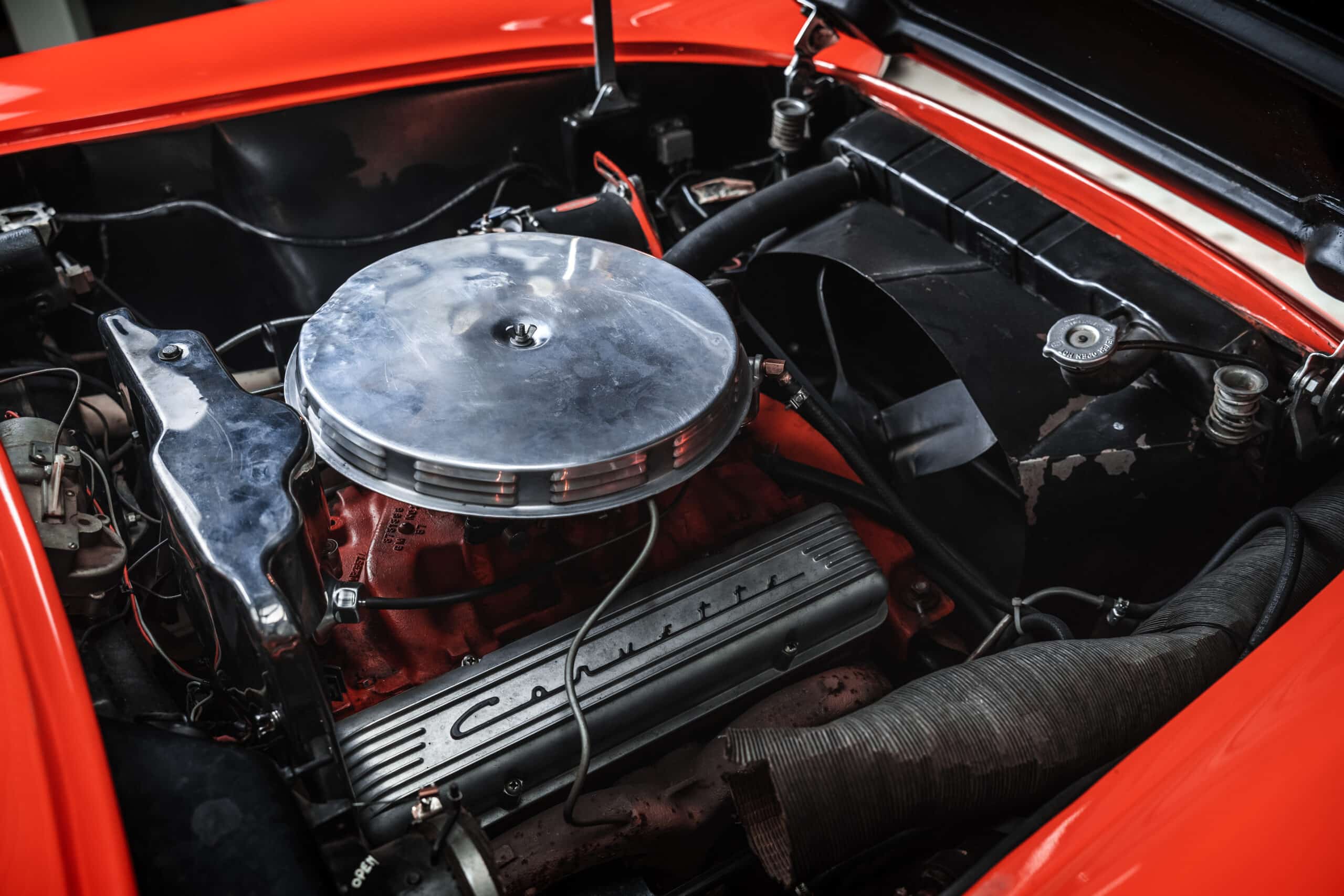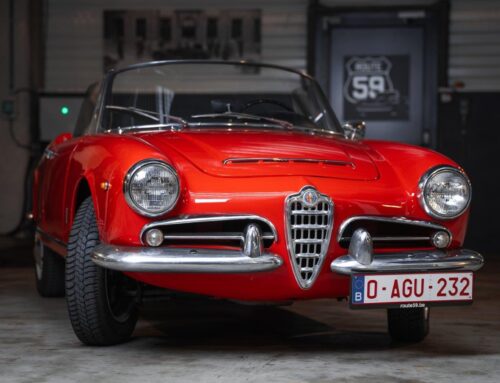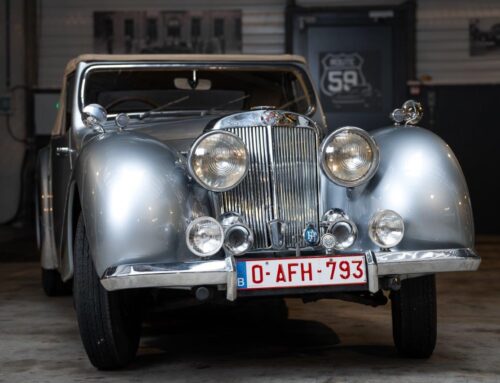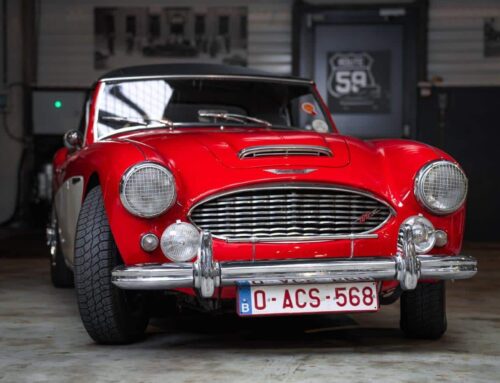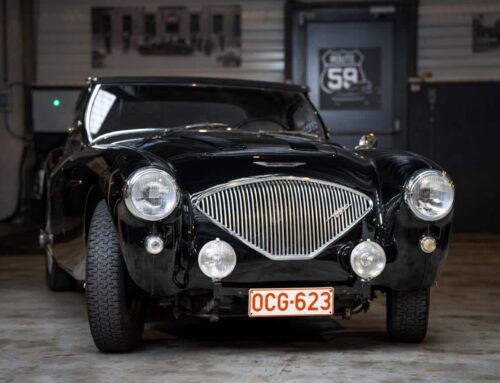Chevrolet Corvette C1
| Brand | Chevrolet |
| Model | Corvette C1 |
| Color | Red |
| Transmission | Manual 3-speed |
| Pk | 270 ch |
| Mileage | 86.862 miles |
| Year | 1957 |
| Price | 73.500 € |
The Chevrolet Corvette is an icon of American automotive history and one of the most recognized and revered cars in the world. The first-generation Chevrolet Corvette (commonly known as the C1) was first presented in 1953 at the General Motors Motorama event at New York’s Waldorf-Astoria Hotel.
The C1 Corvette was produced for nine years before being replaced by the second-generation Corvette, or C2, in 1962. Designed by legendary automotive designer Harley Earl, the Chevrolet Corvette draws its inspiration from many sources. Earl wanted to create a true American sports car, and he noticed all the European sports cars that American GIs brought home from service in World War II. He was also inspired by the Nash-Healey, a two-seater sports car from Nash Motors. Earl and his team created the “Opel Project” in the early 1950s, which became the original Corvette we know today.
Another notable member of the Corvette team was Zora Arkus-Duntov, the Corvette’s chief engineer, commonly known as the “father of the Corvette”. Duntov joined the team after seeing the original car at the Motorama, and became the man responsible for many of the car’s innovations, its first racing successes and the implementation of the successful Grand Sport program. Among Duntov’s many achievements with the Corvette, one of the most important was to make it a proven sports car. Duntov and his team set a stock car record at the 1956 Pike’s Peak Hill Climb, and also set a new record at Daytona Beach by reaching 150 mph in the flying mile.
Duntov’s Grand Sport program was launched in the final year of the Corvette C1, in 1962. This program aims to create a lightweight racing Corvette capable of competing with the established brands. Only five original Grand Sports were built with a 550-hp aluminum small-block V8 engine. These incredibly rare cars were not officially allowed to race by GM and ended up in the hands of private collectors.
1953: First attempt
The very first production Chevrolet Corvette C1 rolled off a makeshift assembly line in Flint, Michigan, in June 1953. The first batch of cars, limited to 300 units, was entirely covered in black canvas and featured the now iconic Polo White exterior color, as well as an equally iconic red interior. Under the hood, they were powered by a 3.8-liter in-line six-cylinder engine (no V8 yet) with three Carter carburetors, mechanical tappets and a high-lift camshaft. Dubbed “Blue Flame”, this engine developed 150 hp and was mated to a two-speed Powerglide automatic gearbox.
Earl’s design for the Corvette C1 is beautiful and instantly recognizable. The Corvette Convertible’s styling is narrow and compact, featuring flowing lines from headlights to rear fenders, white-wall wheels, projecting taillights in classic 1950s style and a unique chrome grille. Instead of a steel body, GM used fiberglass to shape the Corvette, one of the first instances of such extensive use of a revolutionary lightweight material at the time.
1954: Production expands
The year 1954 saw a significant increase in Corvette production, with some 3,640 cars produced. General Motors also extends the Corvette’s color range (Sportsman Red, Black and Pennant Blue) and increases engine power to 155 hp.
In 1955, the Corvette received perhaps the most important update in its history, an improvement that would serve as a model for all future Corvettes. It was in this year that GM placed a 4.3-liter Chevrolet small-block V8 under the hood of the Corvette, significantly increasing the power of the six-cylinder engine to 195 hp. GM equips the Corvette with a three-speed manual gearbox, the first time the car has been fitted with a gearbox other than an automatic. These improvements were well received and helped reinforce the Corvette’s reputation as a sports car. Chevrolet built 700 Corvettes for the 1955 model year.
Further improvements in 1956 included a removable hardtop, exposed headlights, redesigned bodywork now featuring the famous “coves” or sculpted side scoops, and manual rolling windows. Power is again increased – the small-block V8 now reaches 240 hp – and the in-line six-cylinder engine from the Corvette’s first year of production is completely eliminated. Duntov, who has consistently pressured GM to improve the Corvette’s performance, tried to convince GM to officially launch a racing program with the car, but to no avail. He’ll have to wait a little longer for that to happen.
1957: New technologies
1957 Corvettes benefit from even more advanced technology, including optional fuel injection and a limited-slip differential. At the time, any Corvette equipped with a fuel injection system was nicknamed a “fuelie”. The car’s V8 engine is increased to 4.5 liters and develops around 290 hp, bringing the car’s top speed to 132 mph. A new four-speed manual gearbox was also introduced in 1957.
Another notable achievement of this year’s Corvette is that it became one of the very first mass-produced engines to achieve one horsepower per cubic inch, which Chevrolet capitalized on with its “One HP per cubic inch” marketing slogan. Vette ’57s could also be fitted with reinforced racing suspension and other high-end racing-derived components. Chevrolet also offered a tachometer that could be mounted on the steering column on models equipped with the “fuelie” option. This was also the last year GM used “Polo White” on the Vette.
The model presented here is in very good condition, imported from the USA and restored a few years ago.
Recent work :
- Carburetor overhaul
- Maintenance with ignition adjustment


